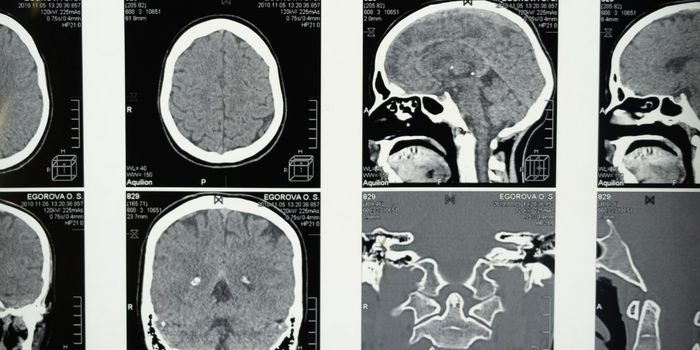Depression is a condition that affects 1 in 10 people in the United States. That number is determined by how many people seek treatment, however. It’s believed that many who suffer from depression either do not receive treatment or don’t let their health care providers know how they are feeling. Each year the number of cases of depression rises by 20%, making it one of the largest threats to public health today. Worldwide over 121 million people have some form of depression and in areas with high rates of poverty and little access to mental healthcare, the problem is only escalating other problems such as violence, crime rates and domestic abuse.
New research from the Saban Research Institute at Children’s Hospital Los Angeles led by Ravi Bansal, PhD, and Bradley S. Peterson, MD, has shown that in patients with depression, there are actual structural changes in the architecture of the brain that occur when the illness presents. The study, published in Molecular Psychiatry on March 7, is the first, but likely not the last, randomized controlled study to show these changes. In addition to what happens during depression, the researchers at Saban were also able to show the how the changes were reversed with the use of medication. Seeing evidence of how the shape of the brain was literally changing is a significant step forward in understanding the neuroplasticity of the brain. Knowing more about what the brain does in response to illness or injury will allow medical professionals to better treat patients.
Dr. Peterson, who is the Director of the Institute of the Developing Mind at CHLA and a professor of pediatrics and psychiatry at the Keck School of Medicine of the University of Southern California stated, “Our findings suggest that thickening of the cerebral cortex is a compensatory, neuroplastic response that helps to reduce the severity of depressive symptoms. Patients off medication have a thickened cortex, and the thicker it is, the fewer the symptoms they have. Treatment with medication then reduces the severity of symptoms, which in turn reduces the need for biological compensation in the brain – so that their cortex becomes thinner, reaching thickness values similar to those in healthy volunteers.”
The thickening of cortical tissue appears to be somewhat of a defense mechanism. The symptoms of depression are less severe when the tissue thickens up. However, the process of thickening affects other brain functions and it’s not an answer in the long-term picture of depression. When medications were given to alleviate the symptoms of depression, the cortex thinned out again. How did the researchers know this? MRI scans were used to measure cortical thickness of 41 patients with chronic depression and 39 healthy volunteers. Those scans showed the patients with depression had thicker volume in the cortex than their healthy counterparts. To insure unbiased results, the study was randomized so only some of the patients with depression received medication, and the resst received a placebo. After 10 weeks, scans were repeated on the depressed patients. The repeat scans showed that cortical thickness of the patients who had received medication had been reduced to measurements similar to those of the healthy study participants.
While the study involved only adults, the researchers believe that the combinatioin of randomized controlled trial and the use of MRI technology will work in other patient groups. Check out the video below to learn more.
Sources: Children’s Hospital Los Angeles, Molecular Psychiatry, UPI, Healthline
-
MAY 07, 2024Is It Anti-RNP or Anti-Sm/RNP?
- See More
-
APR 30, 2024Immuno-Oncology Virtual Event Series 2024
-
MAY 07, 20243rd International Biosecurity Virtual Symposium
-
JUN 06, 2024The Future of Scientific Conferencing
- See More


















































